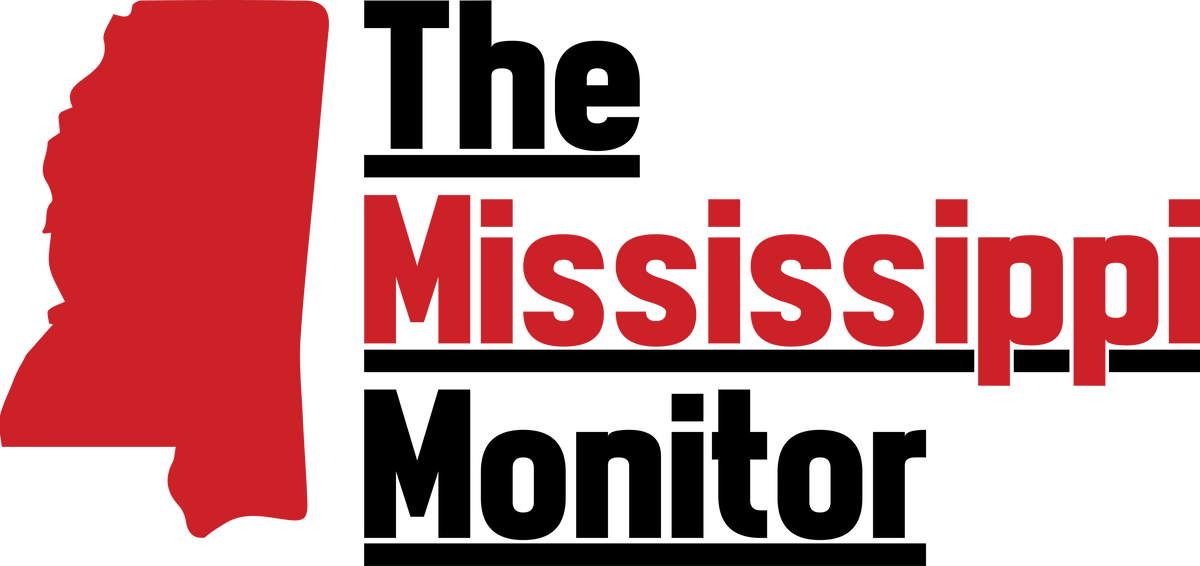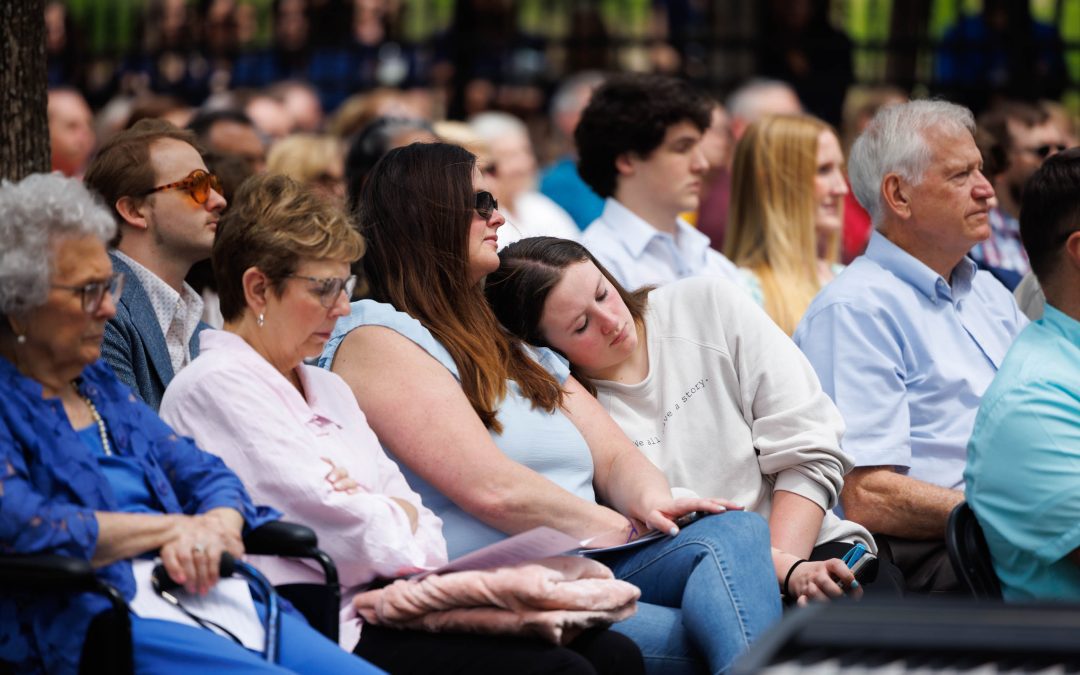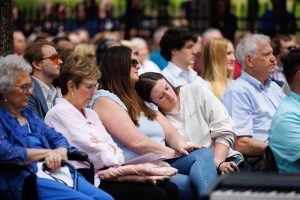
The family of Ray Keith of Clarksdale drove from Clarksdale and Southaven to attend the Ceremony of Thanksgiving in honor of him and other anatomical donors. They are, from left, Maxine Keith, his wife; Donna Davenport, his daughter; Kristen Locke, his daughter, with her daughter, Harley Locke, 13; and his son-in-law, James Davenport.
Ray Keith of Clarksdale loved making life better for others, and now, long after his death, at age 94, he still is.
A retired postal service worker and a long-time member of the National Guard, he enjoyed making things work again, when he wasn’t making them soar.
“He built his own plane and flew it,” said his granddaughter, Kristen Locke of Southaven, “and he just loved to fix things; when something broke, everyone came to him.”
Keith’s name was one of 91 on the “Roll Call of Heroes” read aloud today at the University of Mississippi Medical Cemetery; he was one of those honored during A Ceremony of Thanksgiving in Memory of Anatomical Donors.
As the Rev. Dr. Martin Allen, UMMC hospital chaplain, said of Keith and all those who have donated their bodies to science: “It’s quite a miracle to do a good deed after you die.”
Scores of people from across Mississippi and beyond gathered under the cemetery’s trees to listen to tributes to their loved ones from UMMC students declaring the debt they owed to their “first patients” – from whom they learned the intricate workings of the human body.
“We are especially pleased to have some of the families with us today. While we acknowledge the unselfishness of the donor, we also recognize that this decision is not always an easy one for surviving family members,” said Dr. LouAnn Woodward, vice chancellor for health affairs and dean of the School of Medicine at UMMC.
“And we thank them for carrying out the wishes of the donor in spite of their great sense of loss.”
The average age of those who become anatomical donors is 80 to 85, said Dr. Yuefeng “Jordan” Lu, associate professor of advanced biomedical education at UMMC.
The average number of body donation calls each year is 200 to 250, but about half of those offers have to be declined because of medical conditions or other circumstances, such as recent surgery, Lu said. There are also are weight and height restrictions.
“There is still a big need for donors,” Lu said.
For his part, Keith had spoken of his wish for years, even decades, said his daughter, Donna Davenport. “He bragged on it a long time. He was so excited to be able to give to the students.”
Several of those students described what the donors and their decision mean to them as they pursue their education:
The donors, said Laken Milner, an occupational therapy student in the School of Health Related Professions “have seriously impacted the lives of those we will serve. Our futures as occupational therapists have forever been inspired.
“They have allowed us to nurture our dreams to become health care professionals,” said Matthew Matheny, a physical therapy student in SHRP.
“Your loved one has changed us for the better – and for that, we will always be grateful,” said Davis Helton, a student in the School of Dentistry. “I hope you can take pride in knowing your family members are heroes. I hope you can find peace in knowing we treated them as one of our own.”
“Let us embrace the knowledge gained and the future lives saved because of their remarkable gift,” said Alex Facundus, a student in the School of Medicine.
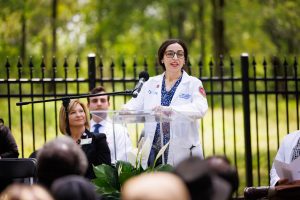
Mais Abdelhaq, a student in the School of Graduate Studies in Health Professions, speaks on behalf of her classmates during the Ceremony of Thanksgiving.
“They have taught us much more than anatomy, much more than the masterpiece that we call the human body,” said Mais Abdelhaq, a clinical anatomy student in the School of Graduate Studies in the Health Sciences. “They have taught us to be curious, to be observant, to be professional. Most of all, they taught us what humanity is all about: sacrifice and continuity.”
Jacey Eldridge, a biomedical sciences student in the SGSHS, read from a poem, “Elegy and Affirmation” by John Stone: “By their extraordinary gifts/ These dead have taught the living how to touch./ Through them, we touch the body of the world.”
Andrea Bessonette drove from her home in Oakvale in Lawrence County to hear those words spoken about her mother, Miriam Williamson, who retired from banking and finance, but continued baking cakes and other sweets for most of her 69 years.
“She loved feeding people,” Bessonette said. “I could never lose weight.
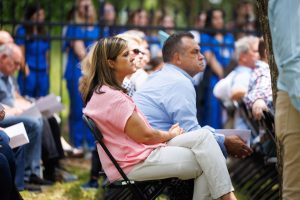
Andrea Bessonette of Oakvale attended the Ceremony of Thanksgiving to honor her mother, Miriam Williams, also of Oakvale. “It’s a final goodbye,” she saId.
“She also loved laying on the creek bank. And playing the organ – she played for her church in Oakvale for as long as I can remember, and I’m 42.”
Miriam Williamson donated her body, said her daughter, “because she didn’t need it anymore. That’s what she said – that once she was gone, maybe someone else could use it. She wanted somebody to get something good out it.”
Today’s ceremony was “amazing,” Bessonette said. “It’s very thoughtful. It’s honoring her. And it’s a final goodbye.”
———–
For more information about, or to register in, the Body Donation Program, go here.
